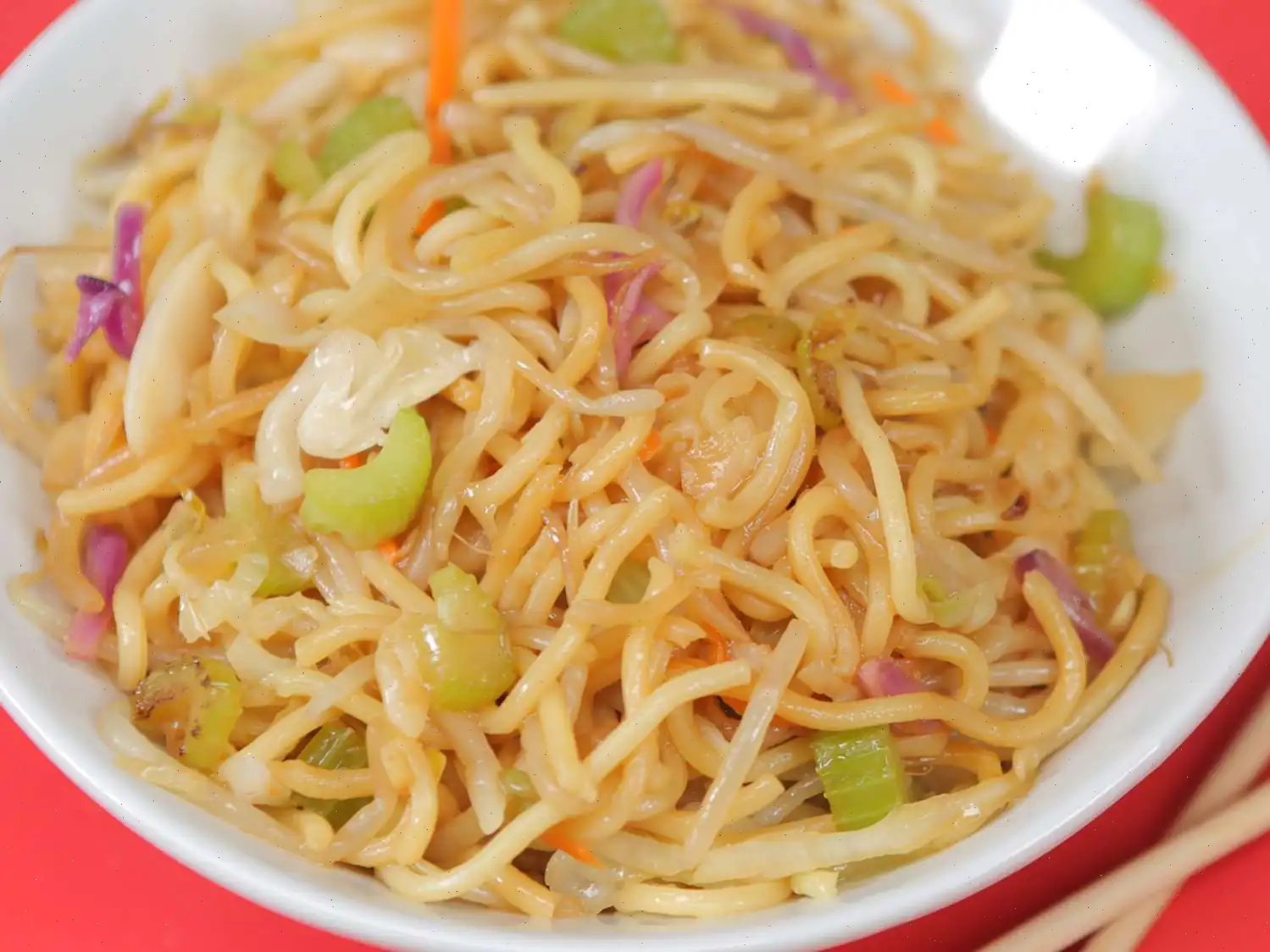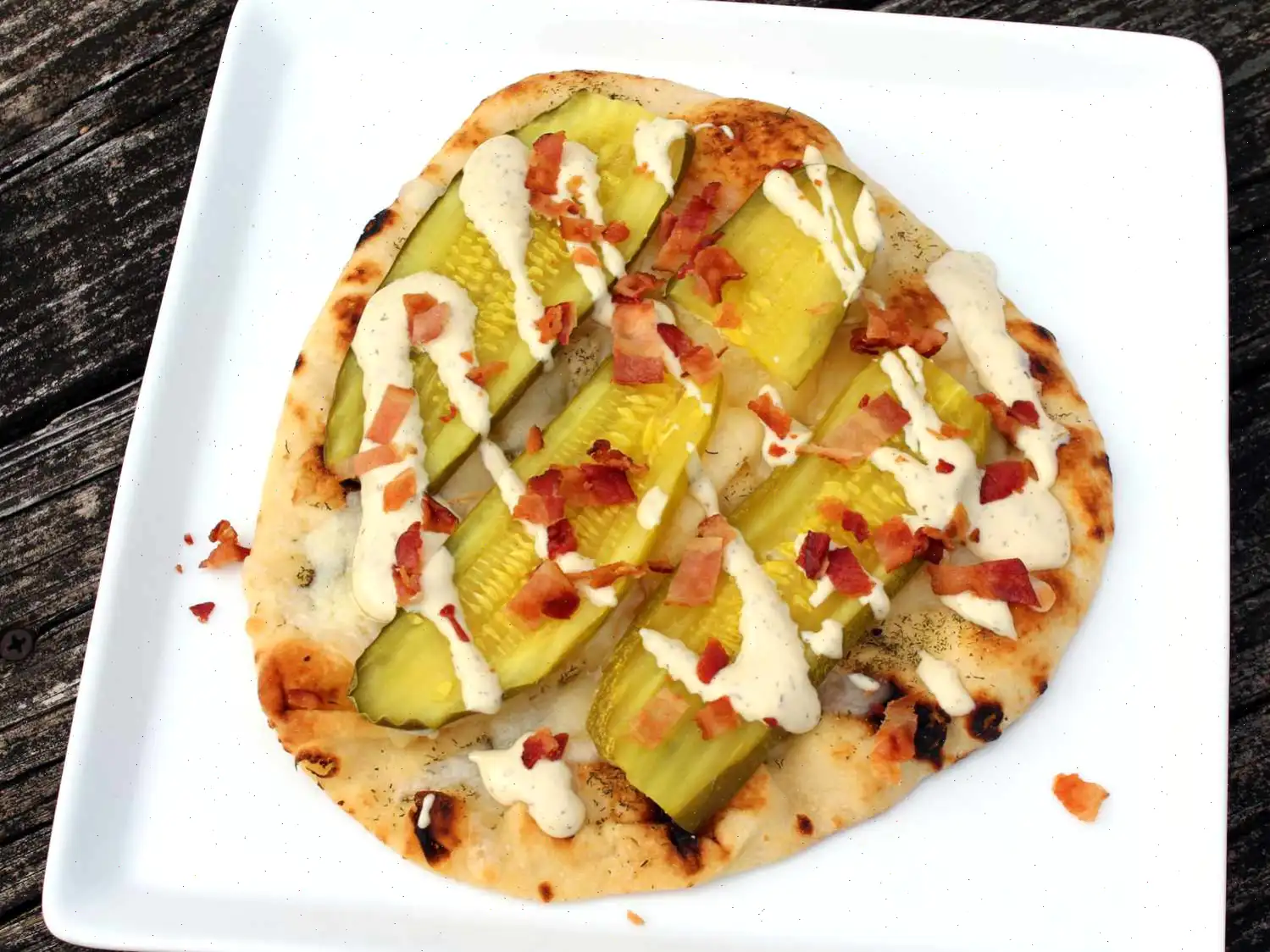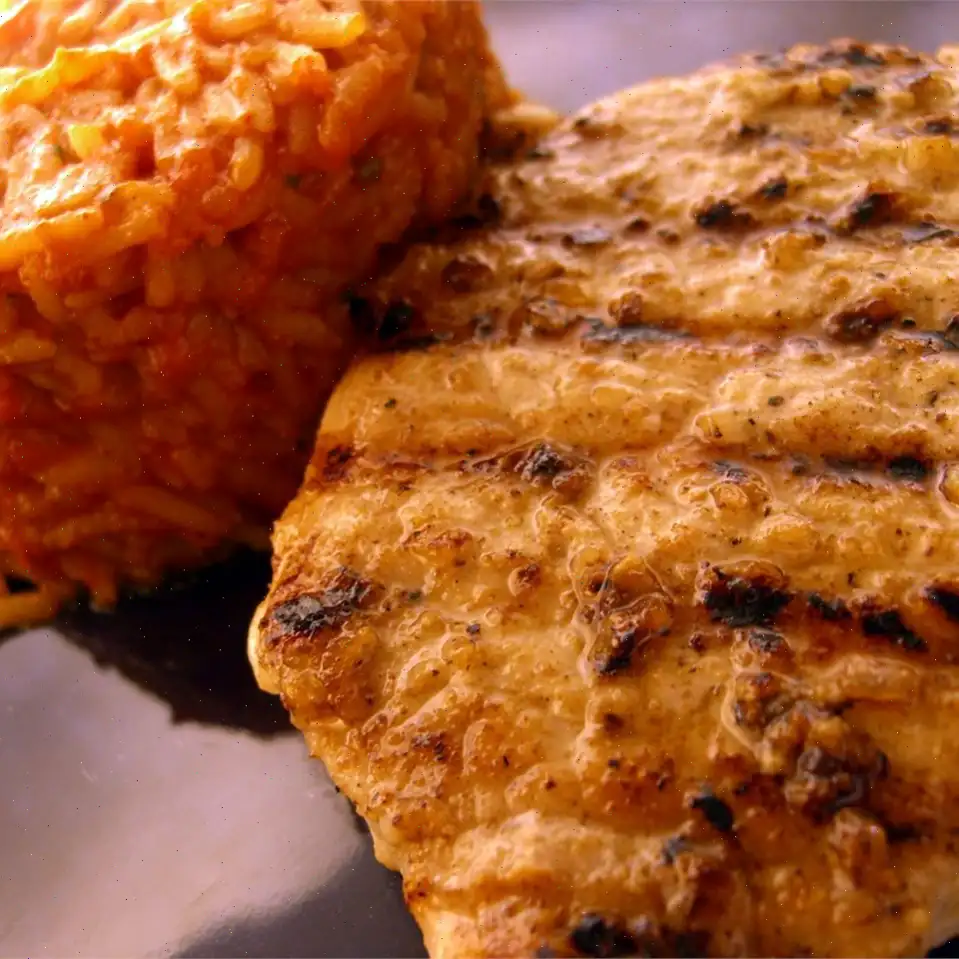
Copycat Panda Express Chow Mein Recipe
This simple and quick stir-fry is a delicious combination of fresh vegetables, savory tamari, and perfectly cooked noodles. It's a healthy and satisfying meal that can be prepared in no time. Heres how you can make it!
Ingredients
- 3 tablespoons canola oil
- 1 tablespoon sesame oil
- 1/2 white onion, finely chopped
- 2 stalks celery, sliced
- 1 tablespoon chopped fresh ginger
- 3 cups shredded coleslaw mix
- 5 ounces bean sprouts
- 1 (7.1 ounce) package pre-cooked stir-fry noodles
- 1/4 cup tamari
- 2 tablespoons mirin
Directions
- Heat both canola oil and sesame oil in a wok over high heat.
- Add the chopped onion, celery, and ginger. Cook, stirring often, for 1 minute.
- Next, add the shredded coleslaw mix and bean sprouts to the wok. Stir constantly and cook for another 2 minutes.
- Add the pre-cooked stir-fry noodles to the wok, stirring continuously for 1 minute to combine.
- Pour in the tamari and mirin, and cook for an additional 2 minutes, stirring occasionally to ensure everything is evenly coated.
Nutrition Facts
| Nutrient | Per Serving | % Daily Value* |
|---|---|---|
| Calories | 492 | - |
| Total Fat | 36g | 46% |
| Saturated Fat | 5g | 25% |
| Cholesterol | 29mg | 10% |
| Sodium | 1729mg | 75% |
| Total Carbohydrate | 35g | 13% |
| Dietary Fiber | 5g | 16% |
| Total Sugars | 22g | - |
| Protein | 8g | 15% |
| Vitamin C | 37mg | 41% |
| Calcium | 84mg | 6% |
| Iron | 2mg | 9% |
| Potassium | 475mg | 10% |
* Percent Daily Values are based on a 2,000 calorie diet. Your daily values may be higher or lower depending on your calorie needs.
The Story Behind Chow Mein
Chow Mein, which literally translates from Chinese as "stir-fried noodles," has its origins in northern China, where wheat noodles have been a staple for centuries. Traditionally, the dish was made by stir-frying boiled noodles with a mix of vegetables, meat, and soy-based sauces. It became popular in the United States in the late 19th and early 20th centuries, when Chinese immigrants brought their culinary traditions to American cities, adapting recipes to local ingredients and tastes. Panda Express, founded in 1983 in California, played a significant role in popularizing this dish in a form tailored for American palates.
Regional Variations
While Chow Mein is widespread in both China and America, regional differences are notable. In northern China, the noodles are typically thicker and served dry with a savory sauce, while southern versions often feature thinner, crispier noodles that are lightly fried. The Americanized Panda Express version emphasizes a softer noodle texture with a lightly sweet, salty, and umami-rich sauce, reflecting California Chinese cuisines preference for quick, flavorful, and approachable dishes.
What Sets This Chow Mein Apart
Unlike traditional Chinese chow mein, which often includes a combination of pork, chicken, or beef along with a wide range of vegetables, the Panda Express style focuses on simplicity and speed. Its noodles are softer rather than crispy, and the flavor profile is slightly sweeter than authentic Chinese recipes. This makes it instantly recognizable and distinct from lo mein, which is generally saucier and more noodle-heavy, and from crispy Hong Kong-style chow mein, which emphasizes a crunchy texture.
Where Its Commonly Served
Panda Express Chow Mein is a staple in American fast-casual dining, usually offered as a side dish alongside popular entres like Orange Chicken or Beijing Beef. It is commonly found in mall food courts, airports, and drive-thrus, highlighting its convenience and mass appeal. The dish is also frequently recreated in home kitchens, as seen in many copycat recipes, due to its simple preparation and family-friendly flavors.
Interesting Facts
Despite its Americanized adaptation, Chow Mein remains one of the most ordered Chinese-inspired dishes in the United States. Panda Express serves millions of servings annually, demonstrating the dishs widespread popularity. Interestingly, the inclusion of ingredients like bean sprouts and coleslaw mix is largely an American innovation, aimed at creating a visually appealing and nutritionally balanced side. Moreover, the combination of tamari and mirin in copycat recipes reflects a fusion influence, blending Chinese techniques with Japanese flavor elements for depth and balance.
FAQ about Copycat Panda Express Chow Mein Recipe
Comments
Christine Lee
09/27/2024 05:34:31 PM
Everything about this was wonderful.








